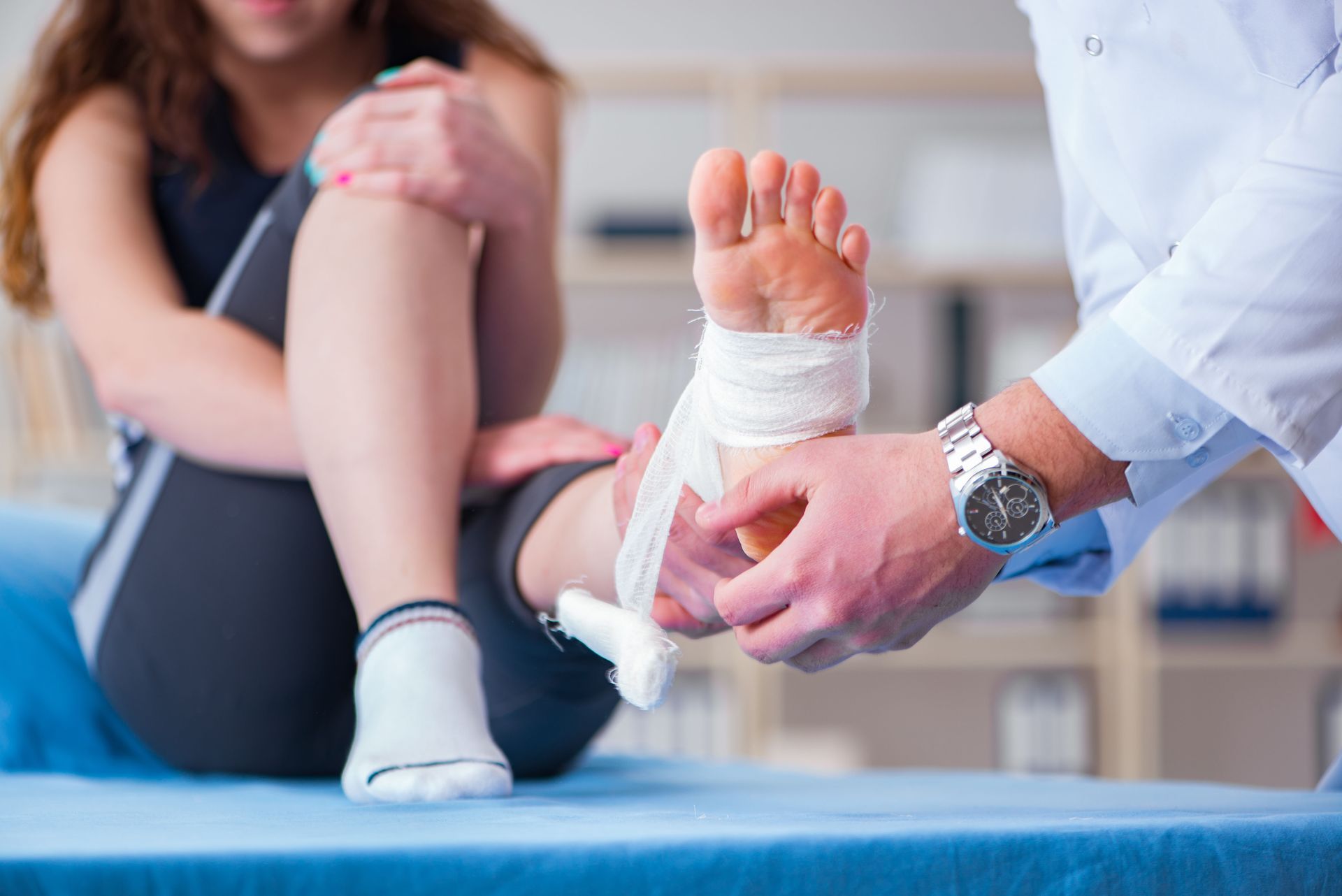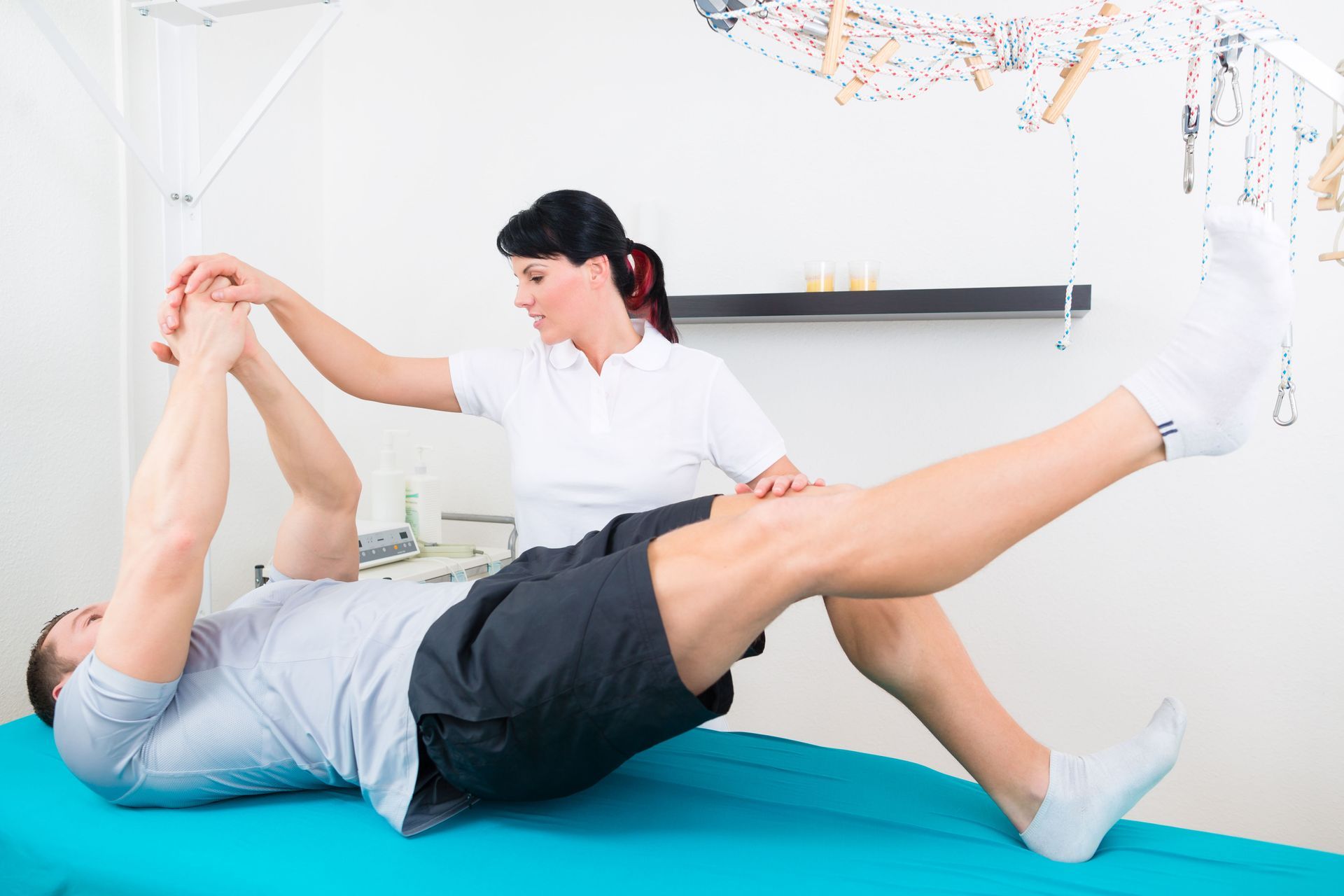November 15, 2025
Recovering from an injury, surgery, or illness can be a long and challenging process—but with the right guidance and care, full recovery is possible. That’s where physical rehab services come in. These services are designed to help patients restore mobility, strength, and confidence so they can return to their normal routines and enjoy a better quality of life. By combining hands-on therapies, customized exercise programs, and ongoing education, rehabilitation provides the foundation for lasting recovery.
As the healthcare landscape continues to evolve, physical rehab services have become an increasingly vital part of modern medicine. Physical therapists will be in greater demand because of demographic shifts, evolving healthcare trends, and the need for cost-effective treatments. An aging population, the rise in chronic illnesses, and growing recognition of preventative care all highlight the importance of accessible, high-quality rehabilitation programs.
At its core, physical rehabilitation isn't only about rebuilding the body—it’s about rebuilding lives. Patients gain not only physical strength but also mental resilience, independence, and a renewed sense of hope.
The Role and Importance of Physical Rehab Services
Physical rehab services encompass a wide range of therapeutic interventions that address impairments in movement, function, and overall well-being. These services are tailored to each individual’s needs, ensuring that treatment plans target specific limitations while promoting long-term health and stability.
Rehabilitation often involves multiple types of therapy working together. Physical therapy focuses on restoring movement and strength; occupational therapy helps patients relearn daily living activities; and speech therapy assists with communication and swallowing issues. The goal is to help patients achieve the highest possible level of independence.
This patient-centered approach reflects the healthcare industry’s shift toward holistic treatment. Instead of focusing solely on symptoms, therapists address underlying causes and work to prevent future complications. With consistent participation, patients experience improvements in strength, endurance, and flexibility, as well as better posture and coordination.
How the Rehabilitation Process Works
The journey through physical rehab services typically begins with an in-depth assessment. During this stage, therapists evaluate the patient’s medical history, current condition, and lifestyle goals. Together, they create a personalized treatment plan that serves as a roadmap for recovery.
Rehabilitation plans are dynamic and adaptable. As the patient progresses, the plan evolves—new exercises and techniques are introduced to keep the recovery process challenging and effective. Regular evaluations help ensure that every session is meaningful and aligned with measurable goals.
Therapeutic interventions may include strength and flexibility training, manual therapy, balance exercises, and modalities such as electrical stimulation or hydrotherapy. These evidence-based methods are designed to reduce pain, improve range of motion, and restore normal movement patterns. Education is another key element; patients learn how to manage their condition independently, maintain good posture, and prevent reinjury once therapy concludes.
The most successful outcomes occur when patients are active participants in their recovery. Collaboration between therapists and patients fosters accountability, motivation, and long-term success.
Conditions Treated Through Rehabilitation
Physical rehab services can address a vast array of health conditions. Common cases include musculoskeletal injuries like sprains, fractures, and joint replacements, as well as neurological conditions such as stroke, multiple sclerosis, or Parkinson’s disease. Rehab is also critical for patients recovering from cardiac or pulmonary conditions, helping them rebuild endurance and improve breathing efficiency.
Chronic pain management is another essential aspect of rehabilitation. By focusing on posture correction, muscle balance, and functional movement, rehab reduces dependence on medications and minimizes the risk of recurring pain.
Each condition requires a tailored approach, but the overarching goal remains the same—to restore independence and improve quality of life. Through the coordinated efforts of a multidisciplinary team, patients experience comprehensive, compassionate care that addresses both physical and emotional needs.
Benefits of Physical Rehab Services
The benefits of physical rehab services extend far beyond physical recovery. Patients experience tangible improvements in multiple areas of life:
1. Improved Mobility and FunctionalityRehabilitation strengthens muscles, enhances flexibility, and improves coordination, allowing individuals to move with greater ease and confidence.
2. Pain ManagementThrough manual therapy, therapeutic exercise, and specialized modalities, rehab provides natural pain relief and reduces the need for medication.
3. Prevention of Further InjuryBy improving body mechanics, balance, and strength, rehab reduces the risk of future injuries and promotes safer movement patterns.
4. Mental and Emotional Well-BeingRecovering from injury can be emotionally taxing. Rehabilitation helps patients regain self-confidence, reduces anxiety, and fosters a sense of accomplishment as progress is made.
5. Enhanced Quality of LifeUltimately, the goal of physical rehabilitation is to restore independence. Patients can return to their favorite activities, participate in social and family events, and live life to the fullest.
Why Demand for Physical Therapists Is Growing
The increasing need for physical rehab services is directly linked to global and national demographic trends. As populations age, more individuals experience conditions such as arthritis, joint degeneration, and mobility limitations that require professional rehabilitation.
At the same time, evolving healthcare trends emphasize prevention, recovery, and cost-effective care over long-term hospitalization or surgery. Physical therapists will be in greater demand because of demographic shifts, evolving healthcare trends, and cost-effective treatments that produce better patient outcomes at lower costs. This growing recognition highlights the essential role rehabilitation plays in the continuum of care—from recovery to long-term wellness.
Furthermore, physical rehab professionals are instrumental in helping patients avoid complications from immobility, improve cardiovascular health, and enhance overall quality of life. As healthcare systems continue to prioritize patient-centered and preventative approaches, the importance of rehabilitation will only continue to rise.
Overcoming Challenges in Rehabilitation
While the benefits of physical rehab services are clear, patients often face challenges such as limited access, financial barriers, or lack of motivation. Remote and underserved areas may have fewer rehabilitation clinics, making it difficult for patients to receive consistent care. Additionally, financial constraints and insurance limitations can pose obstacles to long-term treatment.
To address these challenges, telehealth and community-based programs are emerging as powerful solutions. Virtual therapy sessions and digital monitoring tools allow patients to receive expert guidance from the comfort of home. Meanwhile, educational initiatives empower individuals to practice safe and effective self-management strategies between sessions.
Therapists also play a vital role in encouraging adherence and maintaining motivation. By setting achievable goals, tracking progress, and celebrating milestones, rehabilitation becomes not only effective but also rewarding.
Partnering with the Right Rehabilitation Team
Successful recovery depends greatly on the experience and commitment of your rehabilitation team. A multidisciplinary approach ensures that patients receive holistic care tailored to their needs. Physical therapists, occupational therapists, and other specialists collaborate to design comprehensive plans that accelerate recovery and restore function.
At Physical Restoration & Sports Medicine, our dedicated team combines cutting-edge techniques with personalized attention to deliver superior results. We understand that every patient’s journey is unique, and we are committed to helping you regain mobility, reduce pain, and rebuild confidence through expert care and compassion.
Recovery is not just about healing—it’s about reclaiming your strength, independence, and quality of life. Through professional physical rehab services, you can overcome limitations, prevent future injuries, and achieve lasting wellness. As the healthcare landscape evolves, physical therapists will be in greater demand because of demographic shifts, evolving healthcare trends, and the proven value of cost-effective treatments that work.
Now is the time to invest in your health and future. Let the experts at Physical Restoration & Sports Medicine guide you through a personalized recovery program designed to restore your function and confidence. Contact us today to schedule your consultation and start your journey toward a stronger, healthier you through professional physical rehab services.




